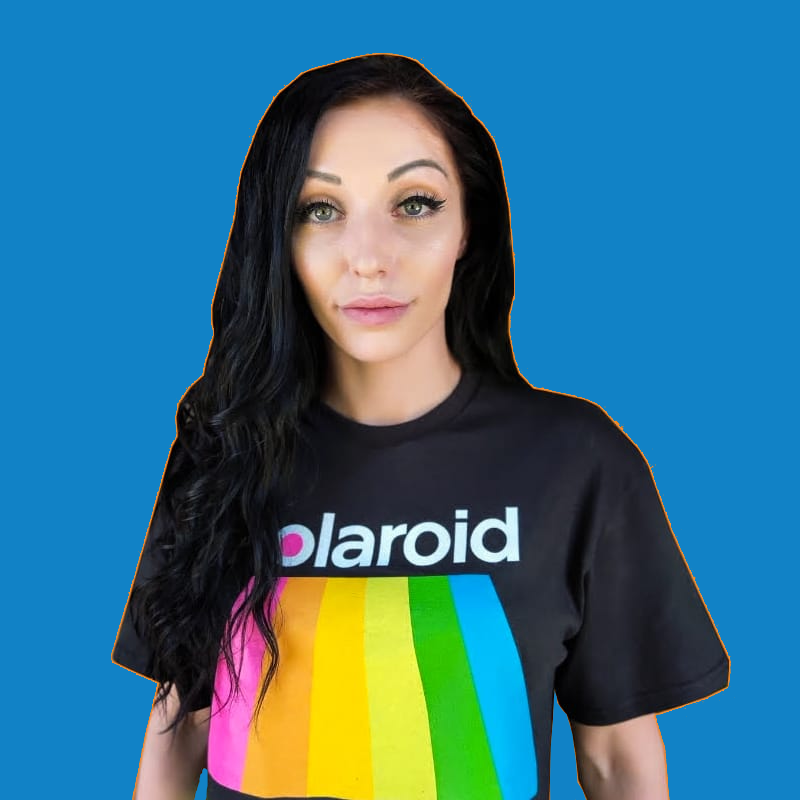
The Growing Trend of Virtual Influencers and What it’s All About
What do you get if you combine science, artificial intelligence and engineering? Virtual influencers! Influencer marketing has been growing rapidly and almost 67% of marketing professionals working for different organizations are collaborating with influencers to promote their brand. The content that influencers create has a significant impact on the decisions made by their audiences. Brands have to do a lot of hard work to find influencers who fit perfectly with their brands. However, “perfect” influencers whom brands want to hire are not always human.
Hiring of virtual influencers by brands has become a trending topic nowadays. Virtual influencers like Lil Miquela, Shudu, Bermuda, Blawko and Imma have become rising sensations for a lot of people across the world. These virtual influencers have been partnering with the most popular brands that exist and have been actively involved in promoting their products.
Let’s find out a little more about how these virtual influencers have dominated the marketing campaigns of brands.
Who are virtual influencers?
Virtual influencers are like any other influencers, except for the fact that they are not human. They are fictional characters with fictional personalities, having human features, and are generated through computers. They have no personal lives of their own and are controlled by the companies that create them. They do and say everything according to their creator’s wishes. For example, the 19 year old virtual influencer, Lil Miquela, is the creation of an LA-based start up that specializes in robotics and artificial intelligence. She has gained popularity among her followers as a fashion icon and also for her music.
Companies operating these virtual influencers have a strong grasp on the latest technology and they demonstrate their technological skills through their creations. Companies spend days in making these virtual influencers and carefully plan everything from their hair, facial features and clothes to even their personalities and lifestyles. Companies decide whether their creations are interested in fashion, travelling, food or any other topic. They even put in a lot of effort into deciding who their friends are, who they’re dating and where they will travel to. Once they’ve created the “perfect” influencers, they get to enjoy the money that their virtual influencers make by collaborating with brands. While virtual influencers provide many benefits to their creators, they also help brands in enhancing their online presence. Since these influencers are completely controlled by their creators, brands can make these influencers do and say exactly what they want them to. Virtual influencers have definitely opened up new horizons for brands!
How are brands benefiting from virtual influencers?
The number of brands collaborating with virtual influencers has been increasing, an example of such a collaboration is between Samsung and Lil Miquela. Creators of virtual influencers have been experimenting with them to see how collaborations between brands and influencers could be made even more interesting for the audience. Some of the strategies that have been successful in this regard are:
Welcoming virtual influencers into the real world:
Some companies have been featuring their virtual influencers in TV advertisements and commercials, along with other real-life models. Lil Miquela teaming up with supermodel Bella Hadid for Calvin Klein is a great example of this. People want to see their favourite virtual influencers in the real world. To them, these influencers are real inspirations who they look up to. What better way to keep people engaged than to bring these virtual influencers side by side with famous celebrities?
Interesting personal stories:
In the eyes of the public, virtual influencers are living their lives like any other individual. They go on vacations, they meet friends, they go out to get dinner, they go out on dates, in short, they do what any real life influencer would do. Followers keep a close check on what their favourite virtual influencers will do next. Creating content about the drama that is going on in the lives of influencers keeps people constantly engaged, so it’s better to develop a storyline and ensure that there’s always some drama going on in the lives of these influencers.
Collaborating with niche influencers:
As brands need to be careful in deciding about which influencers to collaborate with who can help them reach out to their target market, the same is the case with virtual influencers. Recently, some companies have also been working on designing niche virtual influencers. This can be really beneficial for companies who want to target a specific segment.
Virtual influencers have predominantly occupied an important position on social media. Given all the amazing things virtual influencers can do for your brand, what are you waiting for?


























